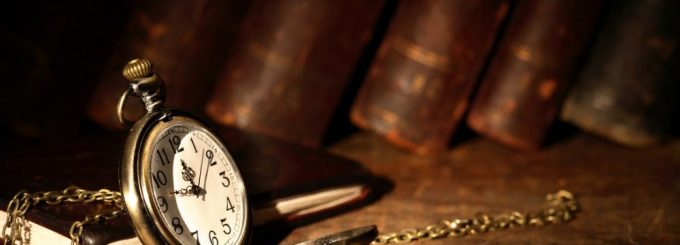The Time-Honored Tradition: Understanding the Craftsmanship Behind Vintage Watches

For aficionados in the realm of coin exchange, vintage watches stand as more than just time-telling devices. They are embodiments of history, art, and precision. The craftsmanship that goes into these watches, coupled with their timeless designs, makes them highly sought after. The appeal of vintage watches isn’t just in their age but in the tales of diligence, patience, and ingenuity they encapsulate. Let’s delve deeper into the captivating world of vintage watches and the unparalleled craftsmanship behind them.
Journey Back in Time: The Birth of Mechanical Watches
The allure of vintage watches can be traced back to the birth of quartz mechanical watches. Before the age of quartz and digital technologies, watches were mechanical wonders. Each watch, especially the high-quality ones, was a marvel of hundreds of tiny components working in harmony. The intricate gears, springs, and levers, each crafted by hand, were a testament to the watchmaker’s skills.
In the days of yore, crafting a watch was a labor-intensive process. A single timepiece could take months, if not years, to perfect. This dedication to perfection, often with limited tools, is what sets vintage watches apart in the eyes of those who appreciate them in the coin exchange world.
Artistry on the Dial: The Aesthetics of Vintage Watches
Beyond the mechanical genius, vintage watches are also revered for their aesthetic appeal. Unlike contemporary watches, which often prioritize functionality over design, vintage watches were true works of art. Each dial, hand, and casing was designed with an emphasis on beauty and elegance.
Watchmakers often collaborated with artists, jewelers, and craftsmen from other domains to create exquisite designs. The use of precious metals, enameling, and gemstone inlays was common. The dials were often hand-painted, and the casings engraved with intricate patterns. For those in the coin exchange community, this artistry elevates vintage watches from mere timepieces to historical artifacts.
Precision Over Time: The Durability of Vintage Watches
One might wonder: How do vintage watches, often crafted centuries ago, still function? The answer lies in the meticulous precision and quality of craftsmanship. Vintage watchmakers took immense pride in their work. They used high-quality materials and ensured that every component was crafted to perfection.
Moreover, they designed watches to last. The mechanisms were robust, built to withstand the rigors of daily wear. It’s not uncommon to find vintage watches, with a bit of care and maintenance, still ticking away flawlessly. For coin exchange enthusiasts, this durability, combined with the watch’s historical significance, makes them invaluable.
Vintage Watches in the Coin Exchange Realm
In the world of coin exchange, vintage watches have carved a niche for themselves. Much like rare coins, these watches are seen as tangible investments. Their value isn’t just in the materials they are made of but in their history, rarity, and the craftsmanship they represent.
Collectors and dealers within the coin exchange community often seek vintage watches as a diversification strategy. The watches act as a hedge against market volatility, with their values often appreciating over time.
The craftsmanship behind vintage watches is a blend of artistry, precision, and dedication. It’s a world where every tick tells a story, every design speaks of an era gone by, and every watch carries with it the legacy of its creator.


